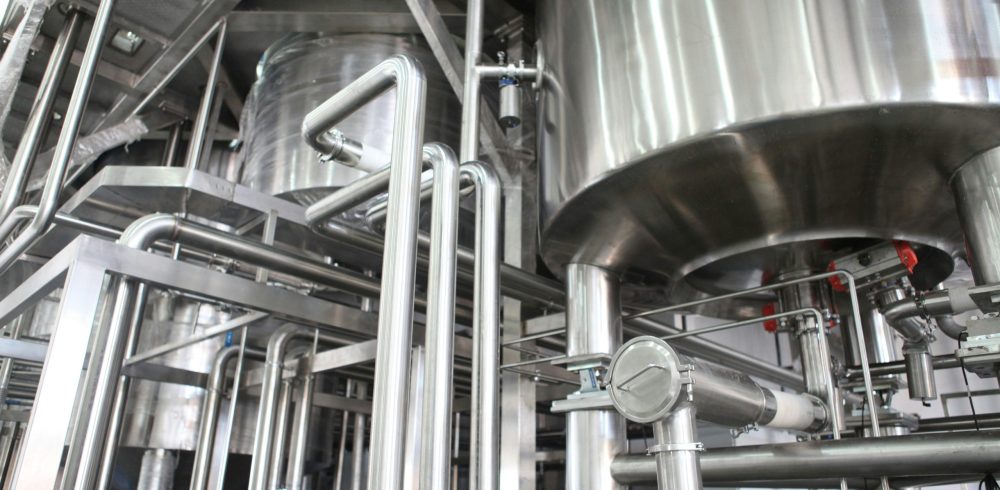~ Planning for Future Failures and Replacement of Components~
Despite their best efforts every company will suffer equipment failures at some point. Whether you operate aircraft, run a nuclear power station, race Formula 1 cars, or bake bread, everyone wants to avoid failures however, the frequency and impact will vary drastically dependent on how prepared the company is and the industry they are in.
At a basic level, there are two sides to any failure, the preventative actions trying to avoid or minimise the event happening in the first place and the reactive actions trying to aid the recovery and minimise the resulting impact i.e. downtime, reduced quality, environmental impact etc.
The main preventive action will be based around maintenance inspections but can be further refined and informed by things like Failure Mode Effect Criticality Analysis (FMECA) or Reliability Centred Maintenance (RCM) studies aimed at identifying what might fail and how to prevent or mitigate it. Refining O&M manual maintenance recommendations to reflect the findings of Root Cause Analysis (RCA) is also a good way of completing a Plan, Do, Check, Act (PDCA) cycle in an attempt to stop the failure reoccurring and improve the overall reliability.
The most common approach to minimising the impact of failure is to hold a replacement part on stock. Having a reliable stock management system can be a real layer of security for a business, if the right data has been provided and used to procure the spare part and efficient stock management is employed to ensure the part is available as and when required then it can drastically reduce the downtime. For some components, the part might be held off site at a supplier where environmental conditions are better suited for long term storage. Alternatively, the part might be readily available and obtainable from numerous suppliers within a couple of hours which would make more financial sense not holding stock on the shelf. The approach taken to stock management can and should vary between different components (taking into account their criticality) based on items such as availability (some parts have lead times of months) while considering that tying large quantities of money up in stock is very inefficient.
An area that businesses sometimes overlook is the topic of obsolescence. This is where a piece of equipment or components used to repair it becomes outdated or no longer available. The rate of change of technology is increasing at an exponential rate and, as a result, is having a large impact on the rate of obsolescence in industry. Obsolescence is nothing new, equipment and its constituent components have always been subject to becoming outdated and requiring replacement or modernisation, its just the rate at which this is happening is increasing.
Another area that should be considered is around the topics of ATEX or Pressure Equipment Directive (PED) where stock items can become obsolete sat on the shelf and no longer meet the requirements of the applicable standards. Changes in environmental regulations are also driving.
Obsolescence is a key area that businesses need to be aware of and if managed correctly can:
- Reduce downtime – Being aware of the issue and having the right part or a suitable and fully compatible alternative available.
- Enable effective stock management – If you know a critical component is going to be discontinued, you may increase your stock holding to provide more time for replacement or upgrade of obsolete equipment. You may also look to repair failed components which would have previously been scrapped.
- Minimise financial impacts -It can aid capital planning by providing foresight of what equipment requires investment. As equipment is replaced this can then release working spares to go into stock to provide more contingency.
- Refine maintenance regimes – By taking into account the criticality of obsolete components you may inspect them more frequently or amend the inspection to look for particular issues. If failure can cause catastrophic failure, you may opt for a planned change to enable refurbishment and reuse.
All of the above highlights the importance of assessing and understanding the lifecycle of your assets and components. By understanding this you can better plan and respond to failures leading to reduced downtime and lower business impact.
If you would like to discuss how Finch can help you understand your equipment better, please get in touch with our Asset Management experts.
enquiries@finch-consulting.com finch-consulting.com
Manufacturing & Engineering Magazine | The Home of Manufacturing Industry News













